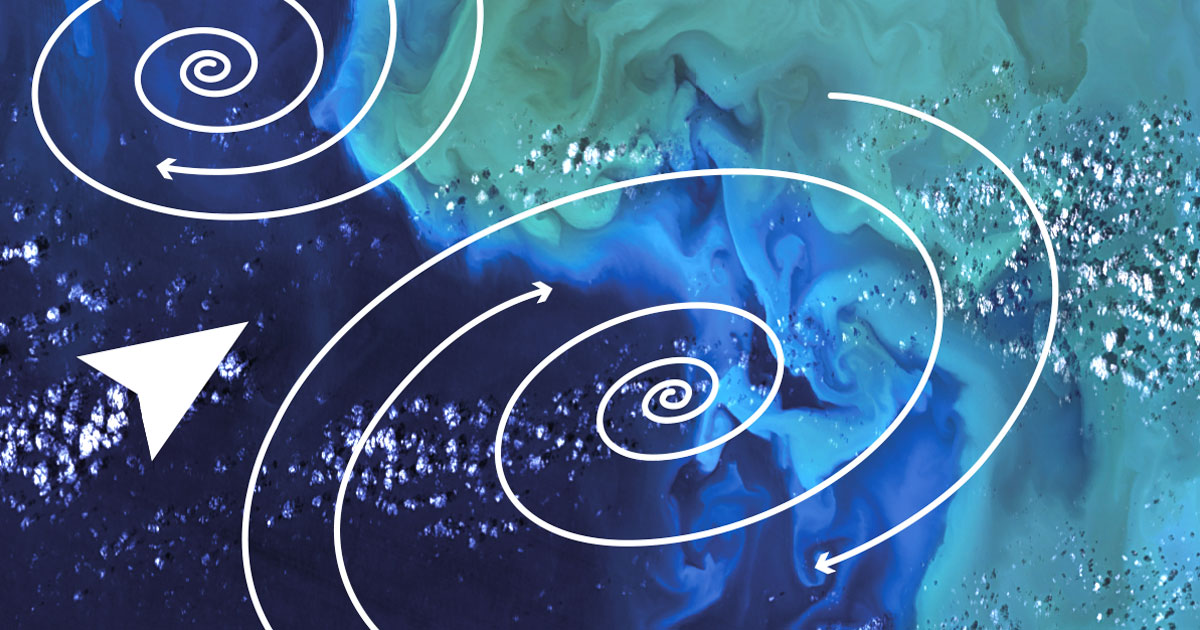Remote Sensing of Surface Currents: Experiments, Theory, Numerical Simulation
A special issue of Water (ISSN 2073-4441). This special issue belongs to the section "New Sensors, New Technologies and Machine Learning in Water Sciences".
Deadline for manuscript submissions: closed (10 February 2024) | Viewed by 6022

Special Issue Editors
Interests: sea surface; currents; wind waves; turbulence; sufactants; field observations; remote sensing
Interests: remote sensing; radar; Dopler; wind waves; field observations
Special Issue Information
Dear Colleagues,
The aim of this Special Issue is to describe and study the possibilities of remote sensing methods to characterize sea currents. It is well known that sea currents significantly affect the dynamics of the hydrosphere, determine horizontal transport and vertical mixing, and influence the weather and climate as well as the hydrochemical and hydrobiological processes of the ocean.
Today, there are many methods for measuring the characteristics of sea currents based on various physical principles. Remote methods, including satellite ones, appear to be the most promising due to their ability to observe large areas of water simultaneously. However, it should be noted that the development of technology to determine currents from remote data is still required. In this regard, we encourage submissions of experimental and theoretical articles to this Special Issue—which will contribute to the further development of this field of knowledge—relating to the following topics:
- New experiments to determine various surface currents in the ocean, including in situ sub-satellite measurements;
- New satellite methods for measuring currents in the oceans, seas and inland waters;
- Studies on the redistribution of hydro- and bio-optical properties of water, water constituents, surfactant films, algae, and ice under the action of sea currents;
- Doppler (coherent) radar, optical and acoustical methods for measuring sea currents;
- The application of machine learning and artificial intelligence to determine and forecast the dynamics of currents.
Dr. Ivan A. Kapustin
Dr. Alexey V. Ermoshkin
Dr. Alexander A. Molkov
Guest Editors
Manuscript Submission Information
Manuscripts should be submitted online at www.mdpi.com by registering and logging in to this website. Once you are registered, click here to go to the submission form. Manuscripts can be submitted until the deadline. All submissions that pass pre-check are peer-reviewed. Accepted papers will be published continuously in the journal (as soon as accepted) and will be listed together on the special issue website. Research articles, review articles as well as short communications are invited. For planned papers, a title and short abstract (about 100 words) can be sent to the Editorial Office for announcement on this website.
Submitted manuscripts should not have been published previously, nor be under consideration for publication elsewhere (except conference proceedings papers). All manuscripts are thoroughly refereed through a single-blind peer-review process. A guide for authors and other relevant information for submission of manuscripts is available on the Instructions for Authors page. Water is an international peer-reviewed open access semimonthly journal published by MDPI.
Please visit the Instructions for Authors page before submitting a manuscript. The Article Processing Charge (APC) for publication in this open access journal is 2600 CHF (Swiss Francs). Submitted papers should be well formatted and use good English. Authors may use MDPI's English editing service prior to publication or during author revisions.
Keywords
- currents
- in situ measurements
- satellite methods
- remote sensing
- radar probing
- doppler
- bio-optical properties of water
- machine learning







